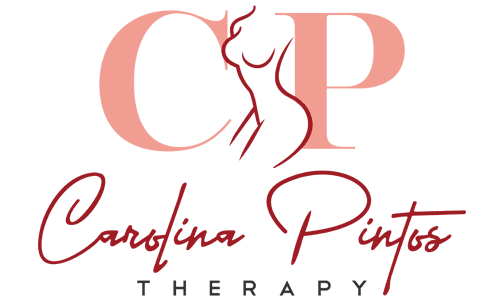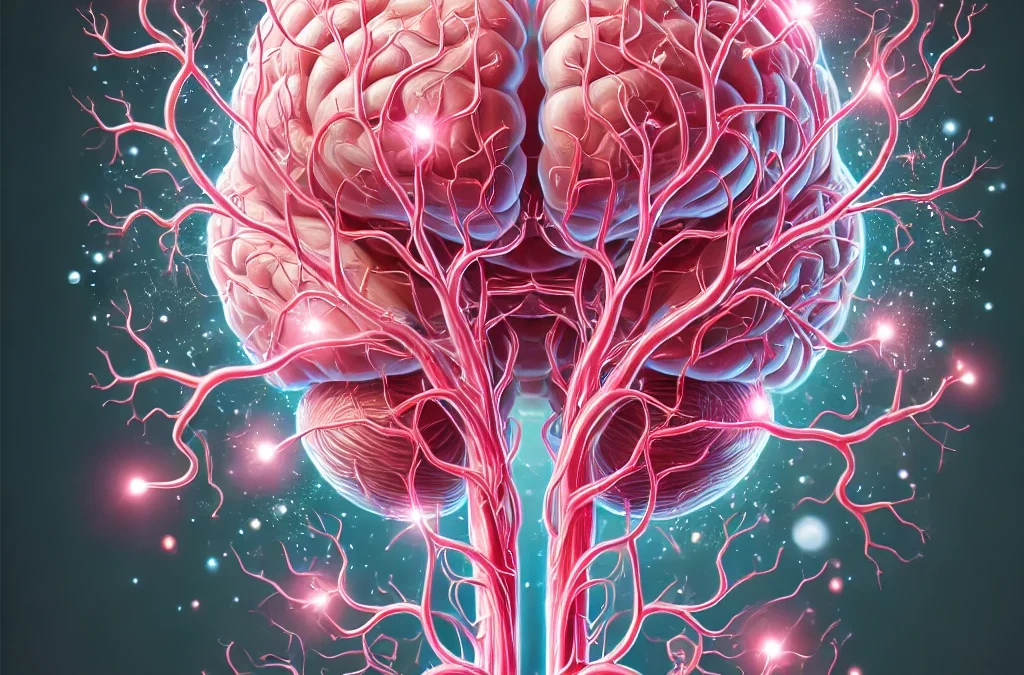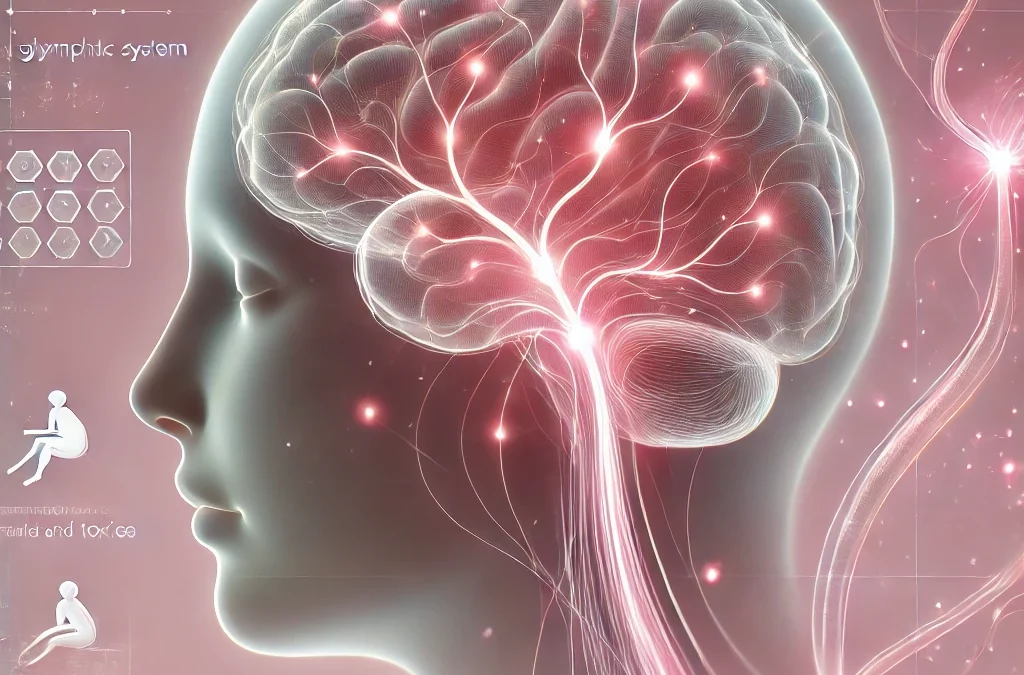Rheumatoid arthritis, a chronic, systemic, and autoimmune condition, primarily affects the synovial joints and can cause widespread pain throughout the body. This pain, often referred to as ‘centralized pain,’ can significantly impact a patient’s quality of life. However, therapeutic massage and myofascial release techniques have emerged as promising complementary therapies for managing this pain. This article delves into the role of these therapies in alleviating pain in patients with rheumatoid arthritis, backed by scientific research and clinical case studies.
Pain in Patients with Rheumatoid Arthritis
Rheumatoid arthritis is a chronic, systemic, and autoimmune condition that primarily involves synovial joints, which are those filled with synovial fluid that acts as joint lubricant. The initial symptoms of arthritis consist of pain, stiffness, and swelling in many joints. Even though the disease focuses on the joints, the painful sensation can manifest in a generalized manner across the body surface. This type of painful condition is called “centralized pain” and results from a process called central sensitization to pain, being present in about 10 to 40% of patients with rheumatoid arthritis (UpToDate, 2023). The most evident types of chronic generalized pain in these patients are:
- Chronic lower back pain
- Neck pain
- Complex regional pain syndrome
- Carpal tunnel syndrome
- Lateral epicondylitis
The origin of this specific type of centralized pain occurs due to a kind of amplification of neural signaling in the central nervous system, which causes a state of hypersensitivity to pain.
Therapeutic Massage and Myofascial Release for Pain Control
Therapeutic massage consists of applying a milder level of pressure, aimed at mobilizing and relaxing soft tissues, such as the musculoskeletal system. This process stimulates pressure receptors distributed throughout the skin, which communicate with the central nervous system, making it an effective technique for treating chronic systemic pains, including those of central origin, such as those associated with rheumatoid arthritis pathology.
The process of myofascial release is a massage technique with moderate manual pressure, which aims to promote the release of the fascia, a tissue existing over the muscle tissues. When this tissue is in the process of inflammation, the symptomatic manifestation of pain is originated. By performing the technique of mobilizing this tissue, from the regions called “Trigger Points”, the therapist can reduce the sensation of pain manifested by the patient.
Application of these conducts in pain in patients with rheumatoid arthritis
In the systematic review published in 2015 and titled “Effectiveness of myofascial release: Systematic review of randomized controlled trials”, a summary was made in the main online databases in order to analyze the effectiveness of myofascial release for the treatment of pain in different clinical conditions. The main result obtained was that myofascial release can be considered one of the best complementary therapy treatments for the control of chronic pain due to musculoskeletal conditions.
As for the possibility of comorbidities associated with rheumatoid arthritis, according to data collected on the UpToDate platform (2023), fibromyalgia is a comorbidity present in about 13 to 40% of patients with rheumatoid arthritis. Therefore, it is expected that patients with rheumatoid arthritis and fibromyalgia comorbidity will benefit from the performance of myofascial release for the treatment of their symptoms, given that this technique has proven effective in improving quality of life and pain control in this group.
Sustained Release Myofascial Release as Treatment for a Patient with Complications of Rheumatoid Arthritis and Collagenous Colitis: A Case Report
In this case, report, published in the International Journal of Therapeutic Massage & Bodywork, a 54-year-old patient with rheumatoid arthritis initially underwent six sessions of myofascial release over a period of two weeks.
During the clinical interview, she reported that she had joint pains, neck pain, and fatigue, which prevented her from performing certain daily tasks, in addition to negatively influencing her quality of life. The patient had already received other treatments of chiropractic adjustments in the last eight years, none of which proved efficient for the improvement of her prognosis.
Pain and fatigue scales were measured before and after the start of treatment with myofascial release. In the second treatment with this therapy, the patient already noticed an improvement in pain in the cervical region. After the third treatment, there was an improvement in systemic pain and, at the end of the fifth treatment, there was the maintenance of the improvement in the aspects already treated and an improvement in the sensation of fatigue.
With this, tasks such as walking became better tolerated by the patient.
Conclusion
Due to the ability of manual massage therapies and myofascial release to reduce symptoms associated with the sensation of pain, these practices become factors of significant importance for the improvement of the quality of life of patients suffering from chronic pain.
Sources
- Goldenberg D.L. Overview of chronic widespread (centralized) pain in the rheumatic diseases. UpToDate. Jun 2023. Available on: https://www.uptodate.com/contents/overview-of-chronic-widespread-centralized-pain-in-the-rheumatic-diseases?search=artrite%20reumatoide%20dor&source=search_result&selectedTitle=2~150&usage_type=default&display_rank=2#H812679777
- Ajimsha, M S et al. “Effectiveness of myofascial release: systematic review of randomized controlled trials.” Journal of bodywork and movement therapies vol. 19,1 (2015): 102-12. doi:10.1016/j.jbmt.2014.06.001
- Castro-Sánchez, Adelaida María et al. “Benefits of massage-myofascial release therapy on pain, anxiety, quality of sleep, depression, and quality of life in patients with fibromyalgia.” Evidence-based complementary and alternative medicine: eCAM vol. 2011 (2011): 561753. doi:10.1155/2011/561753
- Cubick EE, Quezada VY, Schumer AD, Davis CM. Sustained release myofascial release as treatment for a patient with complications of rheumatoid arthritis and collagenous colitis: a case report. Int J Ther Massage Bodywork. 2011;
This writing is the original and exclusive property of Carolina Pintos and is protected under copyright law. Unauthorized use of the same without the express consent of Carolina Pintos will be subject to prosecution under applicable laws.






